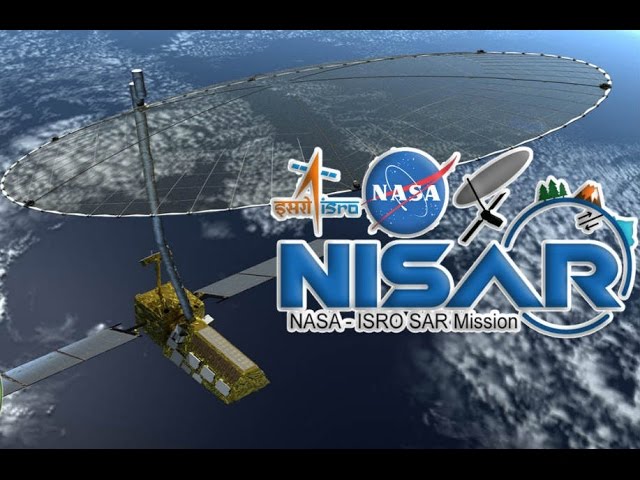NASA and ISRO today launched the NISAR satellite—a joint venture costing $1.5 billion—on a GSLV Mark II rocket from the Satish Dhawan Space Centre. The mission, officially titled the NASA–ISRO Synthetic Aperture Radar (NISAR), is the first dual-frequency radar-equipped Earth-watching satellite in the world.
What is Special About NISAR?
-
Dual Radar Technology: Using both L-band and S-band synthetic aperture radar (SAR) to capture high-resolution imagery of Earth's surface
-
All-Weather, Day-Night Imaging: Can penetrate clouds, vegetation, and even smoke—ideal for tropical and disaster-prone regions
-
Orbit: Orbits the Earth every 12 days, monitoring land and ice changes with centimeter-level precision
Why Does It Matter
-
Climate Monitoring: Tracks glacier melting, forest biomass, soil moisture, and sea-level rise
-
Disaster Response: Detects earthquakes, floods, landslides, and coastal erosion in near real-time
-
Agriculture & Water: Helps track crop trends, groundwater, and dam stability
-
Open Data Policy: Data will be openly available for free to scientists, governments, and agencies around the world
A Decade in the Making
-
Co-developed by NASA's Jet Propulsion Laboratory and ISRO's Space Applications Centre
-
Historic hardware partnership between the two agencies on an Earth science mission
-
Weighs nearly 3 tonnes and features a 12-meter radar antenna
The mission will revolutionize how we track and respond to change on our planet—starting a new era of accurate Earth science and climate resilience.
Sources: Times of India, Financial Express, NASA JPL






